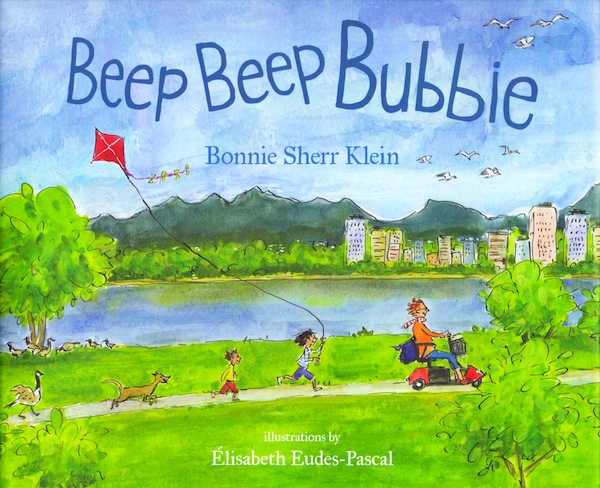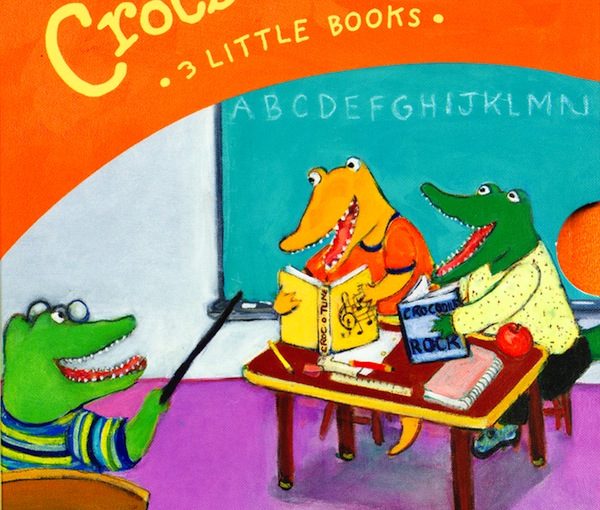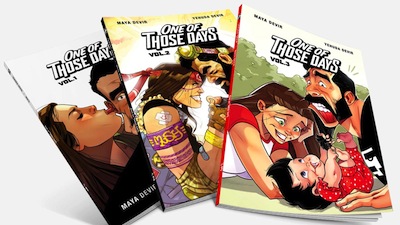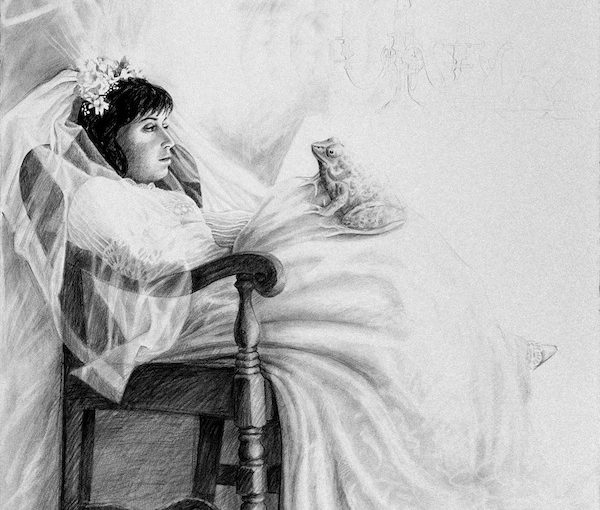“I learned about climate marches and I learned about dancing bubbies,” said my niece Fae, 9, when we were discussing Bonnie Sherr Klein’s new children’s book, Beep Beep Bubbie, over FaceTime. Among other things, my niece Charlotte, 7, learned “you can learn to ride a bike at 53 and anything is possible.… And I learned about grandmothers who can shush a crying boy.”
Amid much laughter, including talk about dogs pooping – Bubbie has a dog – and what my nieces recalled of Vancouver from their visit here last year, Beep Beep Bubbie offered more discussion than I had anticipated. But, before I get to that, I have to say, for the record, that my nieces have dancing bubbies in their lives, and bubbies who can shush crying children, so they more related to these aspects of Bubbie’s character than learned from them. With that qualification and butt covering, I continue with the review, starting with the basic story of the book.
It is Shabbat and Kate and her little brother Nate are going to visit their grandmother, who is going to take them to Granville Island to buy apples for Rosh Hashanah. The kids have been told there’ll be a surprise waiting for them at Bubbie’s. That surprise, though – Bubbie’s new scooter – isn’t a happy one initially for Kate, who “already missed the Bubbie she used to have. That Bubbie danced and took them to climate marches.” However, during the afternoon’s adventures, Bubbie’s scooter not only allows her to venture farther from home than she otherwise would have been able to manage, but has other advantages, as well.
After their trip to Granville Island, Kate shares a library book that she’s brought along for the visit. About American educator, activist and suffragist Frances Willard, Kate and Nate find out that Willard “fought for women to have the right to vote. When Frances was 53 years old, she learned to ride a bicycle to show that women could do anything.” A conversation ensues about why Willard wouldn’t have known how to ride a bike. “People were afraid women’s ankles would show under their petticoats,” explains Bubbie. “Can you believe it?”
Well, at my nieces’ house, this part of the book was met with disbelief and more laughter, as Charlotte was keen to show off her ankles, which were hard to see, given the placement of their computer and her being the height of a 7-year-old. But, before things deteriorated into mayhem, Fae said, “I also learned that girls are tough.” And, she “learned another reason why women weren’t treated fairly in the past.”
“And what was that reason?” I asked.
“Because women didn’t ride bikes because their ankles were going to show. And they couldn’t vote, [it was] like they didn’t have an opinion.”
“It’s definitely not fair,” said Charlotte about people thinking that girls showing their ankles was wrong.
All in all, Beep Beep Bubbie elicited much talk and not an insignificant amount of gymnastics. The illustrations by Élisabeth Eudes-Pascal are wonderfully colourful and fun; full of energy and movement. Both Fae and Charlotte gave a resounding “yes” when asked if they liked the pictures.
One the drawings is a two-page spread of Bubbie, Kate and Nate and the park, where they join in the fun of flying kites. One young person is in a wheelchair, and Charlotte asked why Bubbie had chosen a scooter instead. Not knowing the answer, I asked the author. Here is her response: “I chose a motorized scooter over a wheelchair, btw, because it felt more sportif,” wrote Klein in an email, “and I am lucky enough to be able to transfer, which keeps me a bit more mobile.”
I like knowing, but the reasons aren’t important, as far as the story goes. Art is to be interpreted and my nieces and I talked about a lot of ideas, from serious to silly, during our FaceTime book review session.
Published by Tradewind Books, Beep Beep Bubbie can be purchased from pretty much any online bookseller. Enjoy!





